Mental Health is not given as much attention as it is given to physical health. It is often neglected and there is not much awareness about mental health. Mental Health is a global concern. The rate of suicides has been increasing tremendously. Studies have found out that more women than men suffer from mental health problems. Today, let’s look into Depression and all about it.
What is Depression?
Depression is a serious mental health condition characterized by persistent feelings of sadness, hopelessness, and a lack of interest or pleasure in daily activities. It can significantly affect a person’s thoughts, feelings, and behavior, leading to a range of emotional and physical symptoms.
Feeling low emotionally, physically, mentally, no interest in the activities that were once loved, no communicating or socializing are common characteristics of Depression.
Common Symptoms
Persistent Sadness: Overwhelming and prolonged feelings of sadness, emptiness, or despair
Loss of Interest: Loss of interest or pleasure in previously enjoyed activities.
Appetite changes: Significant weight loss or weight gain
Fatigue: A persistent lack of energy and motivation.
Sleep Disturbances: Changes in sleep patterns, such as insomnia or oversleeping.
Feelings of Guilt or Worthlessness: Excessive guilt, self-criticism, or feelings of worthlessness.
Physical Symptoms: Physical complaints like headaches or stomachaches without a clear cause.
Social Isolation: Withdrawing from friends and family.
Suicidal Thoughts: Thoughts of death or suicide, or suicide attempts.
Difficulty Concentrating: Trouble concentrating, making decisions, or remembering things.
Other: Restlessness causing inability to sit still, pacing, handwringing or slowed movements or speech.
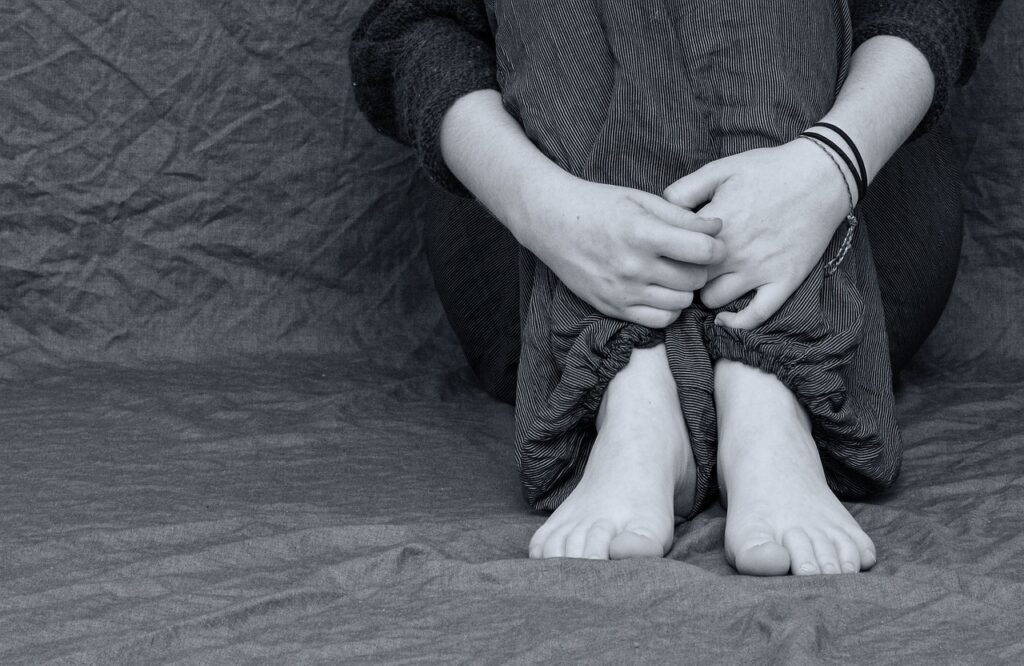
Difference between Depression and Sadness-
The term ‘Depression’ is commonly misused. We find many people now-a-days saying ‘I am feeling depressed’. Yes, we all feel low. We all have our ups and downs. But we also come back to our normal state of emotion when everything is fine. But the person who is actually suffering from Depression will never say that loudly or will never announce this. This maybe because of shame, the taboo about mental health problems in the society or simply the characteristics of depression. Depression and sadness are related emotional states but they differ in several key ways. Let’s see the difference between them.
| Depression | Sadness |
| Depression is a prolonged and persistent emotional state that lasts for at least two weeks or longer. It often continues for months or even years if left untreated. | Sadness is a temporary and normal emotional response to a specific event or situation. It tends to be time-limited and typically subsides as the situation or trigger resolves. |
| Depression is characterized by intense and pervasive feelings of hopelessness, helplessness, and emotional numbness. It can impact a person’s ability to function in daily life. | Sadness is a milder emotional state marked by feelings of unhappiness, disappointment, or grief. It doesn’t usually result in a complete loss of interest in life or self-esteem. |
| Depression often arises without a clear external trigger, although it can be influenced by life events or circumstances. It may persist even when external situations improve. | Sadness is usually a response to a specific event or situation, such as a loss, disappointment, or setback. |
| Depression can lead to physical symptoms like changes in appetite, sleep disturbances, fatigue, and physical pain, which may not be as prominent in sadness. | While sadness can be accompanied by physical discomfort, it typically doesn’t result in the same range of physical symptoms seen in depression. |
| Depression can have a long-lasting impact on a person’s overall well-being, relationships, and daily functioning. | Sadness usually has a shorter-lived impact, and once the triggering event or situation is resolved, the individual typically returns to their normal emotional state. |
| People with depression often have a diminished ability to experience pleasure, a condition known as anhedonia. They may find it challenging to enjoy activities they once loved. | While sad individuals may temporarily lose interest in enjoyable activities, they can still experience pleasure when the source of sadness is resolved. |
It’s important to note that sadness is a normal and adaptive emotion, while depression is a clinical mental health condition that may require professional intervention and treatment. If someone is experiencing persistent and severe symptoms of depression, it is essential to seek help from a mental health professional.
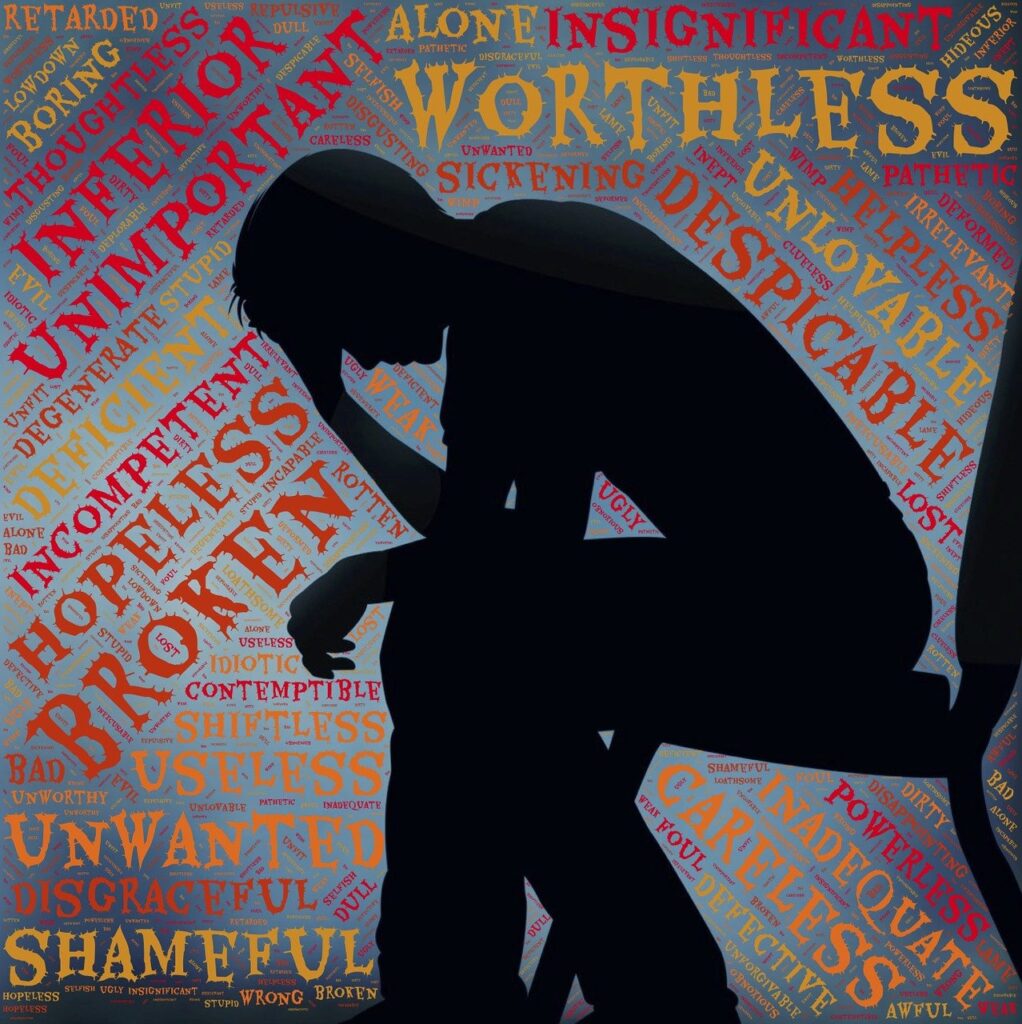
Causes of Depression-
Biological Factors: Imbalances in brain chemicals (neurotransmitters) like serotonin and norepinephrine.
Genetic Factors: Genetic factors contribute to an individual’s vulnerability to depression. Individuals with a family history of depression are at a higher risk of developing the condition themselves.
Psychological Factors: Traumatic life events, chronic stress, or a history of abuse can contribute.
Medical Conditions: Certain medical conditions like chronic illness or hormonal imbalances can trigger depression.
Medications: Some medications may have depression as a side effect.
Types of Depression:
Major Depressive Disorder (MDD): Characterized by severe symptoms that interfere with daily life.
Persistent Depressive Disorder (Dysthymia): A milder, but long-lasting form of depression.
Bipolar Disorder: Involves periods of depression alternating with manic or hypomanic episodes.
Seasonal Affective Disorder (SAD): Occurs seasonally, often in the winter months.
Postpartum Depression: Occurs after childbirth.
Atypical Depression: Features unusual symptoms like increased appetite and hypersensitivity to rejection.
Treatment
Psychotherapy: Common therapies include Cognitive-Behavioral Therapy (CBT), Interpersonal Therapy (IPT), and Dialectical Behavior Therapy (DBT).
Medications: Antidepressant medications, such as SSRIs (Selective Serotonin Reuptake Inhibitors) or SNRIs (Serotonin-Norepinephrine Reuptake Inhibitors), can be prescribed. (Always consult a doctor before taking any medication).
Lifestyle Changes: Regular exercise, a balanced diet, and good sleep hygiene can help alleviate symptoms.
Social Support: Building a support network of friends and family is crucial.
Alternative Therapies: Some people find benefit in practices like mindfulness meditation or acupuncture, dance or music therapy or sound healing.
Electroconvulsive Therapy (ECT): Reserved for severe cases when other treatments have failed.
Transcranial Magnetic Stimulation (TMS): A non-invasive treatment option for depression.
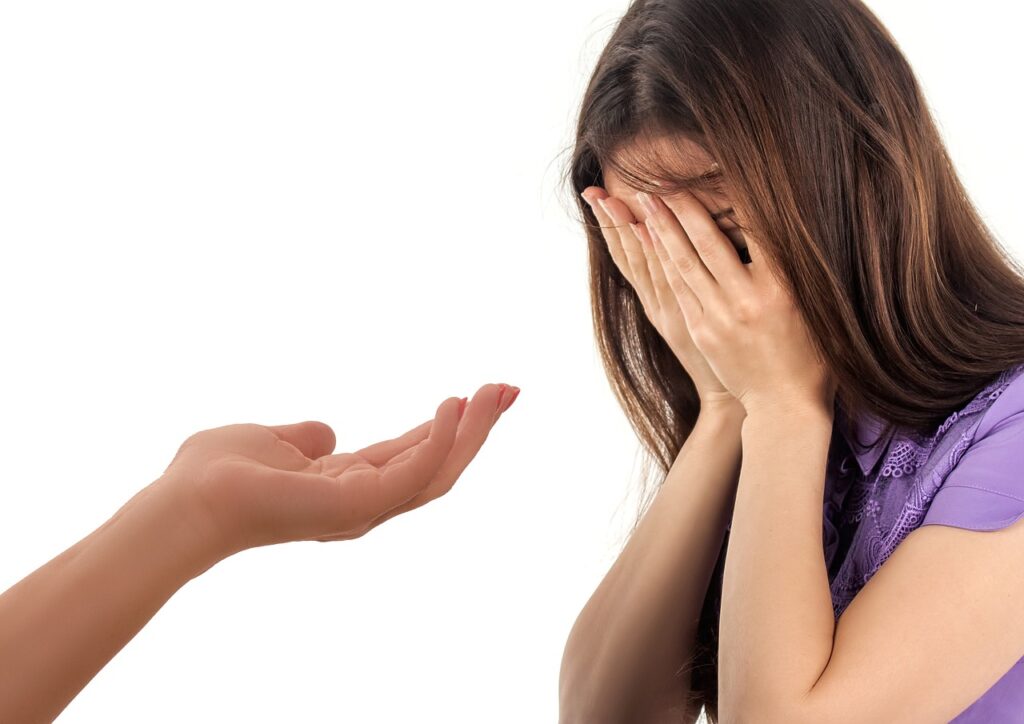
Even though there is treatment available, people choose to not speak about it as mental health topics are often frowned upon. Let’s choose to speak about it and spread awareness.
How can we help someone who might be in depression or suffering from mental illness?
The most powerful healing tool is to listen and understand. Don’t judge or give advises. Just remind them about the good qualities they have and how important they are. Sometimes, all they need is love.
How can we help ourselves if we have depression?
- SPEAK UP. Share what you are feeling with the closed ones. Talk therapy works for many.
- Take therapy. Nothing is bad in taking therapy. It’s okay to take help.
- Workout. Exercise releases happy hormones.
- Wake Up. It’s hard but choose to wake up and work on your thoughts. Sometimes, waking up and doing what you love solves half of the problems.
- Healing Techniques. There are ample of them. Choose what works for you.
- Write. Maintain a journal of your thoughts. Sometimes, dumping all that is in your head on a piece of paper helps release anxiety, frustration or organize your thoughts.
- Affirmations. Listen and keep repeating positive affirmations.
Remember, you can recover and suicide is not the option. Life is beautiful and worthy. You are worthy.
What are your ways to cheer your mood? Share it in the comment section. Let me know your thoughts.
Check this ‘dance representation of a person with depression’ video on my YouTube Channel . Also, watch the episode about introduction to mental health and mental illness.
If you need help, Contact Dr. Anup Bharti (Consultant Psychiatrist)
Mansparsh Clinic-102, First Floor, Samrat Nucleus, between Radiant Plus Hospital and Sahyadri Hospital, Near Dadasaheb Gaikwad Sabhagruha, Bhabha Nagar, Mumbai Naka, Nashik.
Phone No: 9867793539
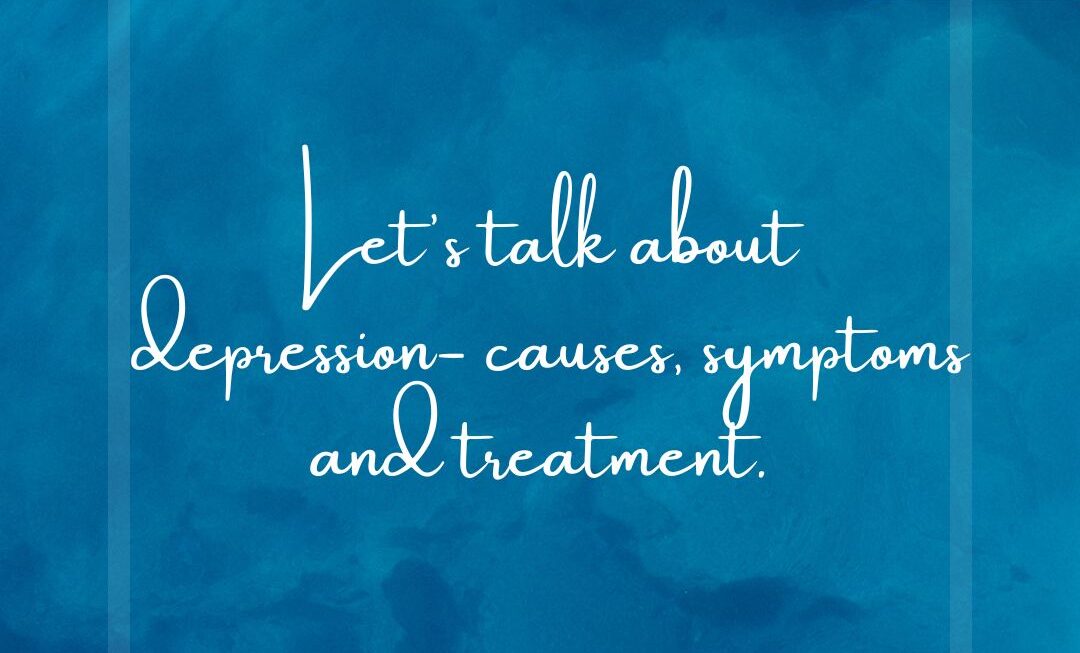
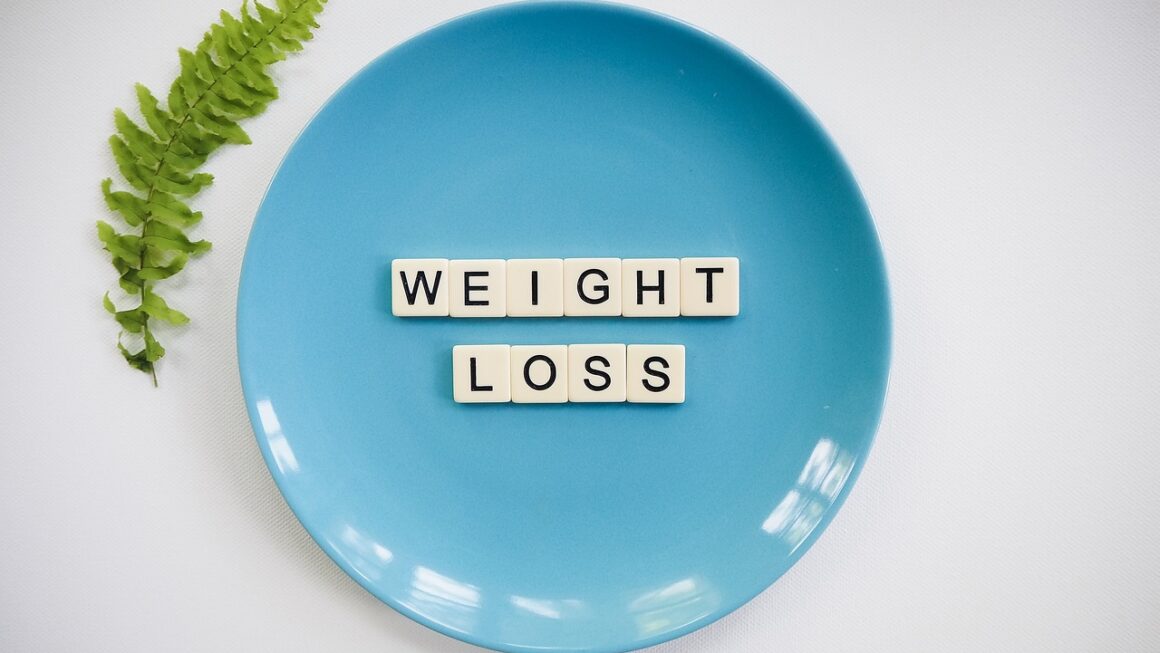
Everyone loves what you guys are usually up too. This kind of clever work and exposure!
Keep up the good works guys I’ve added you guys to my own blogroll.
Thank You 🙂